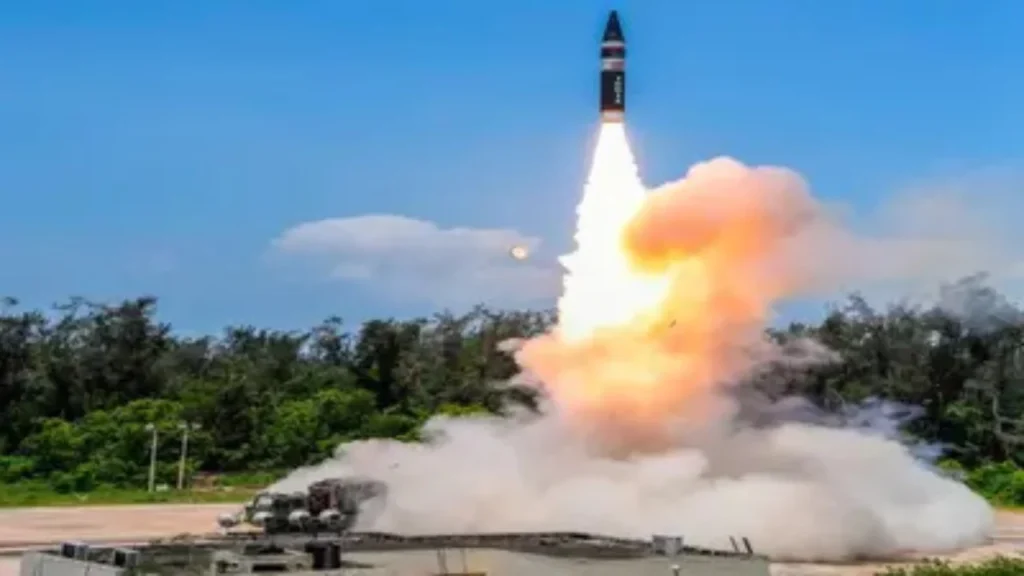India conducted successful flight tests of its nuclear-capable Prithvi-II and Agni-I ballistic missiles, reinforcing its credible minimum deterrence posture. The tests were carried out under the Strategic Forces Command, with officials confirming that both trials met all mission objectives.
Dual Launch Demonstrates Operational Readiness
The tests, which followed the launch of the Akash Prime air defence system, were conducted in quick succession at different testing ranges along the eastern coast. Prithvi-II was launched from the Integrated Test Range at Chandipur, while Agni-I was test-fired from APJ Abdul Kalam Island. Both missiles were launched in operational configurations using mobile launchers.
The Defence Ministry noted that these routine user trials validate the operational readiness of India nuclear delivery systems. Senior officials added that all parameters, including range, accuracy, and impact precision, were successfully demonstrated.
Specifications Reflect India Strategic Capability
Prithvi-II is a short-range ballistic missile with a strike range of approximately 350 kilometres. It is designed for quick deployment and is capable of carrying a payload of up to 1,000 kilograms, including both conventional and nuclear warheads. Agni-I, on the other hand, is a medium-range missile with a range exceeding 700 kilometres. It can also carry similar payload configurations and serves as a key element of India deterrence architecture.
Both systems are part of the country Integrated Guided Missile Development Programme and are equipped with state-of-the-art navigation and guidance systems, ensuring precision targeting.
Part of Larger Strategic Posture
These successful launches come amid growing regional security challenges. Defence analysts view the trials as a signal of India preparedness and strategic depth. The testing of two nuclear-capable systems in quick succession also highlights the country ability to maintain second-strike capability, a core principle of its nuclear doctrine.
The launch of the Akash Prime surface-to-air missile system earlier in the week adds another layer to the country defence ecosystem. While Agni and Prithvi cater to offensive deterrence, Akash Prime strengthens airspace defence, particularly against high-speed aerial threats.
Policy of Responsible Deterrence
India maintains a declared no-first-use nuclear policy and stresses the use of these capabilities purely for deterrence. The tests, while strategic in nature, were conducted with transparency and in accordance with established safety and notification protocols.
With these developments, India continues to reinforce its position as a responsible nuclear power committed to maintaining regional stability while ensuring national security through robust defence preparedness.





















